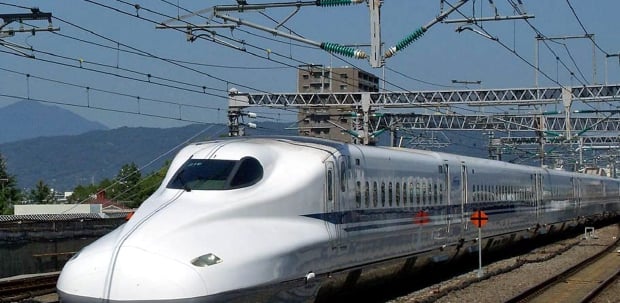KUALA LUMPUR: Former Land Public Transport Commission chairman Tan Sri Syed Hamid Albar,during whose tenure the Kuala Lumpur-Singapore High Speed Rail (KL-Singapore HSR) was mooted, has thrown his weight behind the revival of the project insisting that the country will be left far behind if it does not start now.
Syed Hamid, served as chairman of SPAD from 2010 to 2017.
"I know that SPAD, and later on MyHSR Corporation, under the able leadership of Datuk Mohd Nur Ismal Mohamed Kamal, had taken great strides and put in much effort to develop an integrated and comprehensive plan for the proposed development of the KL-SG HSR project," Syed Hamid said in a statement to the press yesterday.
He said in addition to identifying and developing technical and engineering specifications needed for the initial planned development of the HSR project, that was about to take off back in 2018 following the Public Inspection exercise, the team also drafted a visionary HSR Socio Economic Development Plan.
Syed Hamid said the plan would help unlock potential growth opportunities and transform the socio-economic landscape of the cities and towns between Klang Valley and the Southern Corridor of Peninsular Malaysia.
He pointed out that the magnitude of the project's benefits could also be extended to neighbouring countries such Thailand, Indonesia and Vietnam that have taken the initiatives to optimise and reap the advantages of HSR.
Syed Hamid emphasised that HSR has been a successful project in several other countries, to which he named China, Taiwan, Japan and European countries such as Belgium, German and France as examples.
He said many of the countries managed to increase their gross domestic product (GDP), foreign direct investment (FDI), and productivity after the successful installation of the project.
Taiwan HSR project for example has been attributed with increasing gross doemstic product per capita by 38 per cent, while foreign domestic investment rose by 43 per cent and productivity and urbanisation went up by 30 per cent and 11 per cent respectively.
"China too, has also taken great strides in developing the HSR, with more than 40,000km of HSR in operations and another 30,000km under construction.
"Despite only building its first HSR in the 2000s, China has the largest HSR network globally in under 20 years of development. The China HSR has increased the market potential of its second-tier cities by as much as 59 percent, demonstrating that the HSR is more than just a mode of transport," he added.





